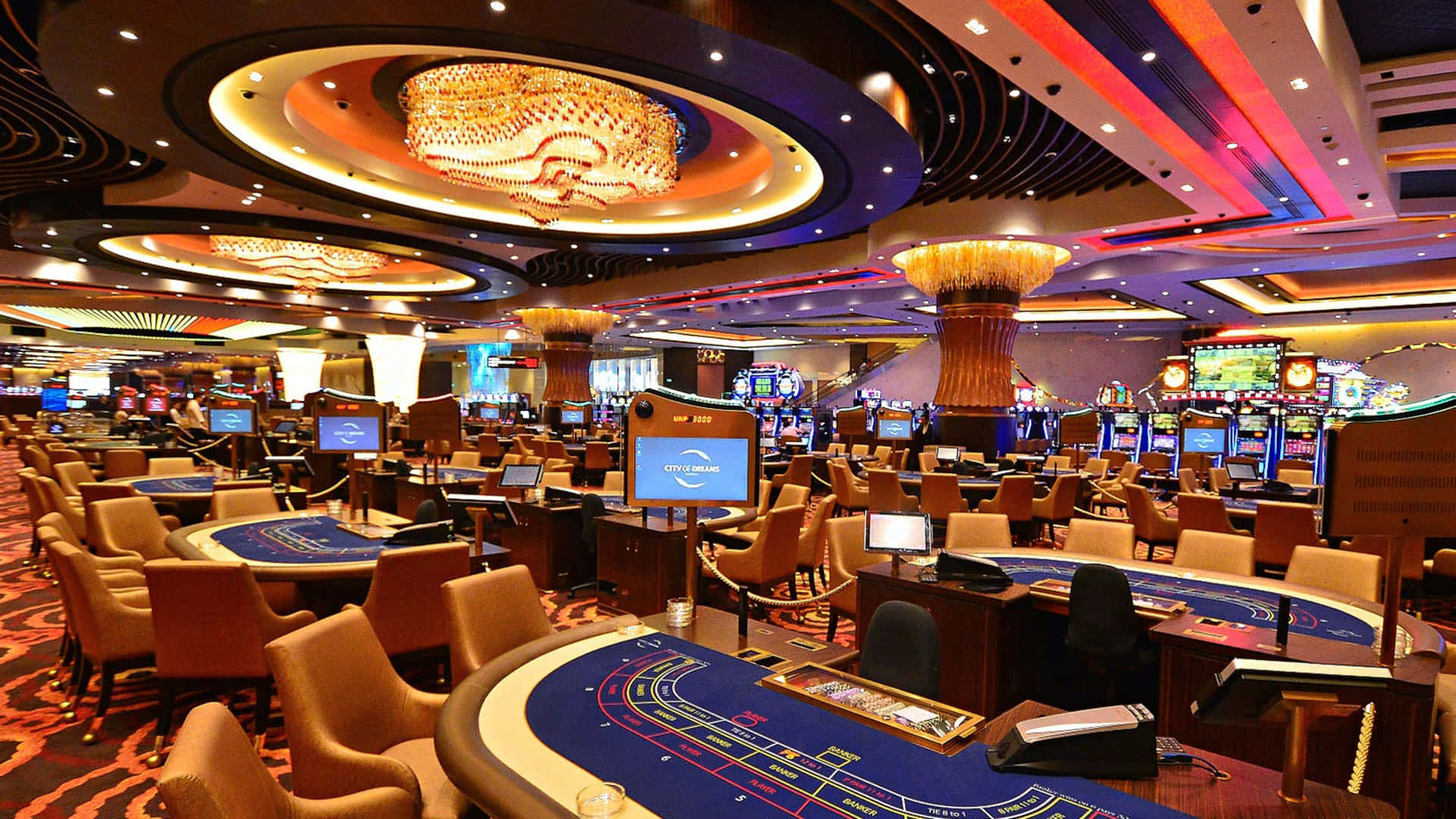Across the globe, the charm of casino slots games has enchanted millions, crossing cultural boundaries and drawing in a wide array of players. From the lively casinos of Las Vegas to the lively gaming halls of Macau, these magical machines have become symbols of excitement and suspense. The rotating reels and bright designs draw players into enthralling experiences, creating a unique blend of luck and fun that resonates with people from various backgrounds.
As these games progress, their effects extends beyond mere gambling; they impact popular culture, spark art, and transform community interactions. Whether it’s through movies showcasing of life in casinos or the rise of digital slot games that bring the excitement of gambling to the ease of home, the relevance of casino slots games continues to grow. Exploring this situation reveals more than the rules of play, but also the meaningful bonds they establish within communities and their role in the wider tapestry of recreational pastimes around the globe.
History of Casino Slot Machines

The roots of casino slot machines can be traced back the late 19th century with the development of the initial mechanical slot machine. In the year 1887, Charles Fey, a inventor from California, created the first mechanical slot machine, which featured three spinning reels and a simple design with icons such as horseshoe symbols and playing cards. This machine offered players a opportunity to win tokens, laying the foundation for what would become a universal gaming phenomenon.
As the popularity of slot machines grew, various innovations appeared throughout the early twentieth century. By the early 1900s, numerous manufacturers began producing their versions, enhancing the games with new features and more complex systems. These early machines became a mainstay in bars, taverns, and eventually started to make their way into casinos. By the 1960s, the mechanical slot machine was further improved with the advent of electronic parts, leading to more varied gameplay and increased player interaction.
The decade of the 1980s marked a crucial milestone when video visual technology was added into slot machines. This advancement allowed for more elaborate graphics, audio, and themes, attracting a wider audience. The combination of stunning visuals and engaging gameplay transformed gambling machines into a major attraction in gaming venues around the globe. As a consequence, slots evolved from basic machines into elaborate entertainment devices, reflecting shifting cultural preferences and technological advancements.
Cultural Diversity within Slot Machines
Gaming slot machines have evolved to represent various cultures as well as practices belonging to the locales in which slot machines are enjoyed. For instance, in Japanese culture, such as, pachinko devices combine elements between pinball with traditional slot games, resulting in a one-of-a-kind gaming experience deeply deeply entrenched in Japanese entertainment scene. Such models frequently incorporate well-known anime figures as well as motifs, showcasing the intersection of gaming and popular culture in Japanese culture.
In contrast, in the U.S., casino games often styled using famous films, celebrities, and recognizable icons belonging to American society. This practice reflects a propensity to celebrate and commercialize popular culture, making the gambling experience accessible among players. The vibrant designs as well as effects aim to evoke enthusiasm while also entice people into the gambling environment, highlighting American creativity within the entertainment industry and tech.
In European nations and have their own specific ways regarding slot games. As an example, in the UK, for example, old-school fruit games found inside public houses as well as arcades mirror regional preferences in favor of nostalgic game designs. Such devices frequently highlight straightforward designs as well as clear-cut mechanics, that speak strongly among players that appreciate a classic gaming experience. Such local variation emphasizes how community impact shape the evolution as well as appeal regarding casino slot games in multiple parts of the world.
The Evolution of Casino Slot Machines
As technology continues to evolve, the prospects of casino slots appears promising and exciting. Innovations in gaming technology, such as virtual reality and augmented reality, are likely to revolutionize how players experience slots. BL555 Picture stepping into a virtual casino where players can engage with their environment more immersively, making the act of spinning the reels more exciting and enthralling than ever before. This shift could also attract a new audience, fostering a new era of casino entertainment.
Moreover, the incorporation of artificial intelligence and big data will enhance customization in casino slots. Players can expect games tailored to their individual tastes, as AI analyzes their patterns and actions. This customization not only makes the gaming experience more enjoyable but also encourages loyalty, as casinos work hard to accommodate individual player preferences. Future slot games will likely feature more immersive narratives and vivid content, pushing the limits of traditional gameplay.
Finally, the rise of mobile gaming will continue to shape the future of casino slots around the world. As more players opt for smartphones and tablets for gaming, casino operators will focus on optimizing their games for mobile platforms. This convenience allows for more accessible play, with players able to enjoy their preferred slots whenever and any place. As the global gaming market expands, the evolution of casino slots will play a crucial role in drawing new players and maintaining the excitement of existing fans.